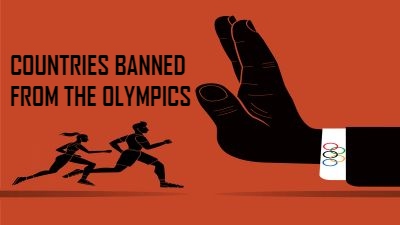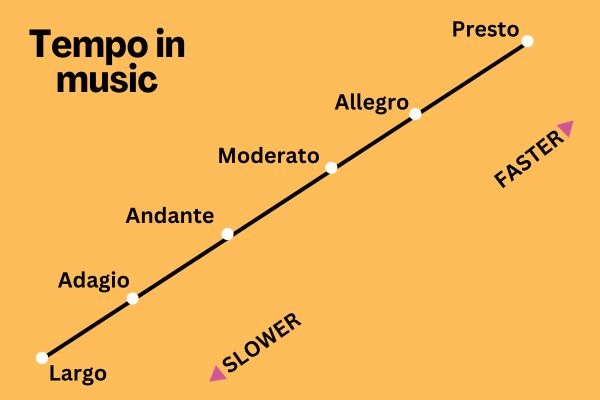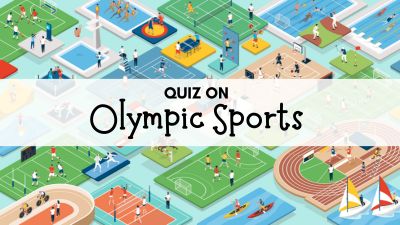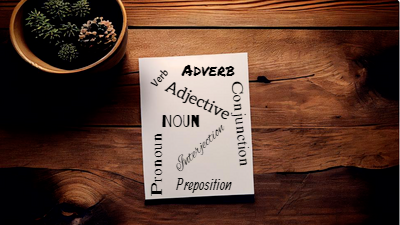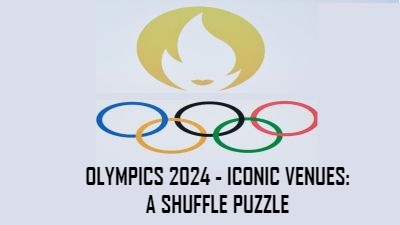The venues for the various events at the Olympic Games this year blend iconic landmarks with state-of-the-art facilities.
The venues for the various events at the Olympic Games this year blend iconic landmarks with state-of-the-art facilities. Explore away!
Unravel the images as you read about each venue.
Stade De France, Saint-Denis (Athletics, Rugby Sevens)
This is one of the most famous stadiums in France. It was built for the 1998 men’s FIFA World Cup and also hosted many events of the Games. The stadium can seat 75,000 people. Les Bleus won their first world championship here by beating Brazil 3-0 in front of a packed stadium. It is one of the two stadiums in the world to host both a football World Cup final and a rugby World Cup final. The other one is the Nissan Stadium in Yokohama, Japan.
Esplanade Des Invalides, Paris (Archery)
The esplanade is the garden of one of Paris’ most beautiful monuments – the Hotel des Invalides – meaning ‘house of invalids’, which is a complex of buildings. It has a rich military history. It was built during the reign of Louis XIV in 1687. It houses museums, monuments, a hospital and retirement home for war veterans. The tomb of Napolean Bonaparte lies in the Dôme des Invalides. Situated at the heart of Paris, it is one of the preferred leisure destinations for sport, music and walking. The Pont Alexandre III bridge over the Seine links the Esplanade to the Grand Palais.
Roland-Garros Stadium, Paris (Tennis, Boxing)
Named after the French aviator Roland Garros, this stadium is spread over 12 hectares and has 18 clay courts and the Philippe Chatrier Court for boxing and tennis. It hosts the French Open every year and has been extended and modernised annually to be on par with other Grand Slam venues. The stadium has witnessed some of the greatest moments in tennis history since it came into being. In the 1985 French Open final, it was here that Chris Evert and Martina Navratilova fought their class battle and also where 19-year-old Rafael Nadal won the tournament in his first attempt.
Parc Des Princes, Paris (Football)
This stadium was designed by Roger Taillibert who is the man behind Montreal’s Olympic Stadium. The Parc was built in 1972 and the football club Paris Saint-German has made its home here since 1974. The Parc boasts an Avant Garde design and most impressive is the 50 concrete columns that support a noticeable ring-shaped roof. The stadium is a tribute to the nation’s history of successful footballing. The Parc has staged many a match here for the French national football and rugby teams as well as for international competitions including the 1998 Football World Cup and the Euro 2016 Football Championship.
Place De La Concorde, Paris (BMX Freestyle, Skateboarding, Breaking, 3X3 Basketball)
The Place de la Concorde is idyllically placed at the eastern end of the Champs-Élyséess and is one of the most famous public squares in Paris. Historically, The Place was a central stage for the events of the French Revolution. It was also the entry point for the Paris Universal Exposition of 1900 and the 1925 International Exhibition of Modern Decorative and Industrial Arts. The victory celebrations at the end of World War I and the Liberation of Paris in World War II were also held here. The French men’s national team winning the 1998 FIFA was also celebrated here.
Grand Palais, Paris (Fencing, Taekwondo)
Also known as the Grand Palais, this is an eye-catching complex in the centre of Paris. It was built for the Universal Exhibition that was held in 1900. The building is composed of three major areas: the Galeries Nationales, the Palais de la Découverte, and the Nave. The Palais is known for its magnificent nave and its glass roof. It is listed as a historic monument. Today, it is a museum, art gallery, exhibition and concert hall and occasionally a sports venue too. During World War I, it was turned into a military hospital.
Chateau De Versailles, Versailles (Equestrian, Modern Pentathlon)
Also known as the Palace of Versailles, it was home to the court of King Louis XIV. It was the focal point of French royalty until the French Revolution. In 1883, it became a national museum and was open to the public. In 1979, it was awarded a UNESCO World Heritage status, making it the first French site to win this title. At the Etoile Royale esplanade, a temporary outdoor arena was set up to stage the dressage, eventing cross country and jumping competitions and also the modern pentathlon events.
Yves-Du-Manoir Stadium, Colombes (Hockey)
Named after a French rugby player, this is the only stadium that will host an Olympic event for the second time. It was designed by architect Louis Faure-Dujarric and it opened in 1907. It was later renovated for the 1924 Olympics and played host to the Opening Ceremony, athletics and some of the cycling, horse riding, gymnastics, tennis, football and rugby events. In 1938 it hosted the FIFA World Cup between Italy and Hungary. Interestingly, the iconic Olympic race between Harold Abrahams and Eric Liddell, portrayed in the film Chariots of Fire, was run here. However, the Colombes stadium was not used for the film.



